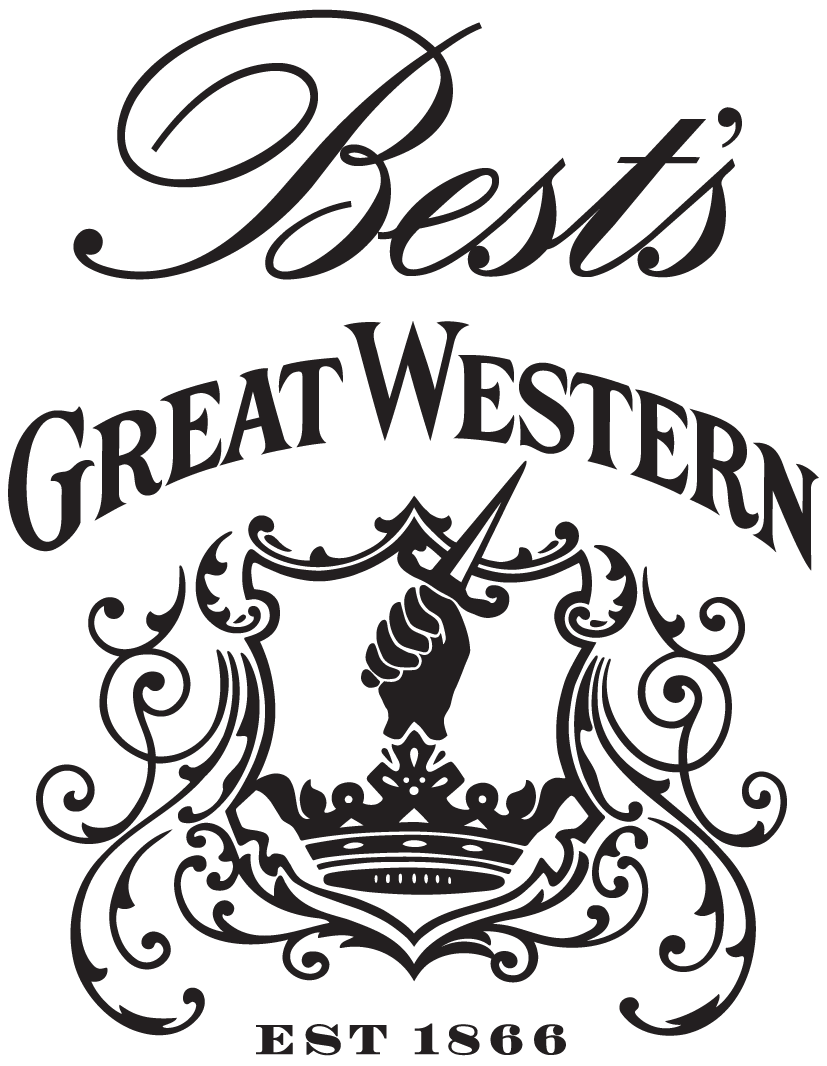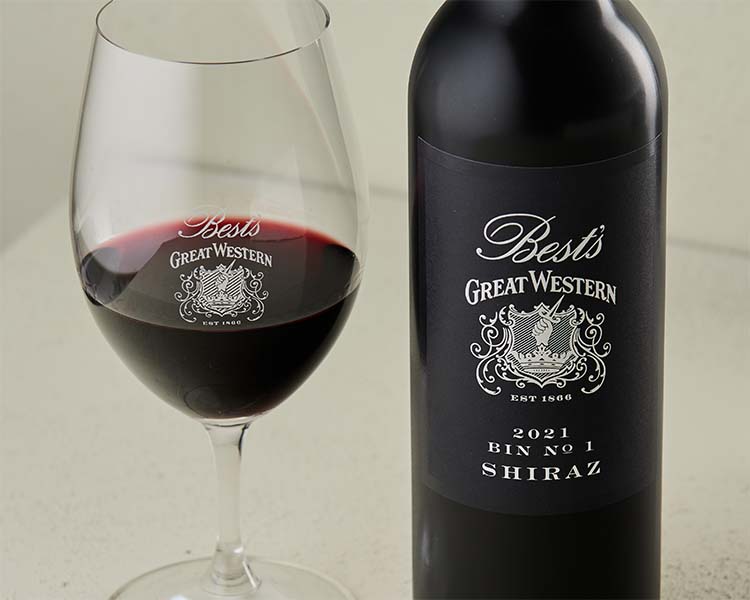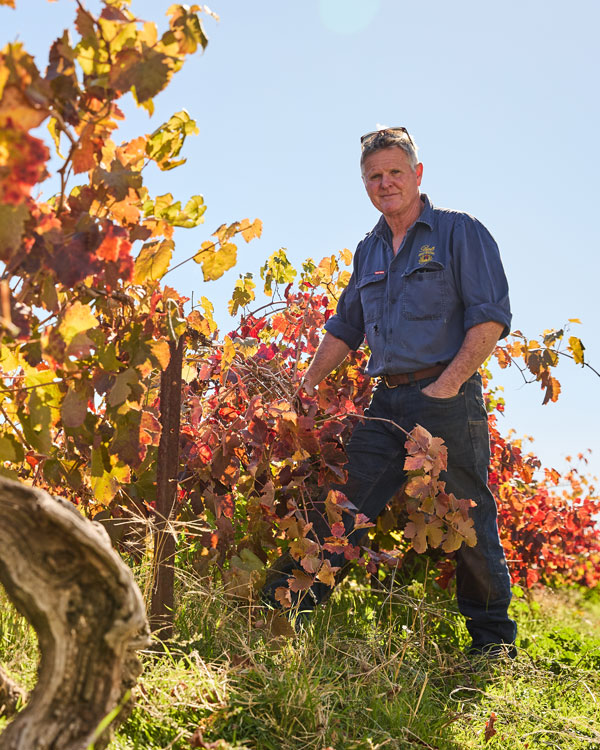Vineyards & Winemaking

Best’s Wines is celebrated for its rich vineyard resources in Victoria’s Great Western. There are two estates from which Best’s sources its fruit: the grand matriarch and headquarters, “Concongella” at Great Western; and “Salvation Hills”, 13km away at Rhymney. Each vineyard produces distinctly different grape characteristics from vines aged from less than five to 150 years old.
The original Concongella Vineyards around Henry Best’s homestead and winery contain the blocks used to produce the handcrafted Icon range. Established in 1866, “Concongella” estate takes its name from the picturesque Concongella Creek that runs beside the vineyard. The land along the creek is flat with powdery loam overlaying a deep clay sub-soil, while newer plantings are on frost-free hills.
A long, slow-ripening period and continental climate are characteristics of Great Western. The area experiences cold to very cold winters and frequently dry and cool summers, with occasional bursts of hot weather. Managing Director Ben Thomson believes a little vine stress concentrates grape flavour; at Concongella it happens naturally. Despite these natural adversities, Concongella consistently produces high-quality grapes of intense flavour.
Salvation Hills at Rhymney, which was established in 1996 is one of our newer vineyards. Salvation Hills spans across 17 hectares in this subregion of Victoria’s Great Western. The vineyard is at a low risk from frost and enjoys a cool, temperate Mediterranean climate with duplex silty soils overlying fine-textured subsoil with or without siltstone at various depths. The newest addition to the Best’s vineyard portfolio is the Sugarloaf Creek Vineyard which was purchased in 2018, with ownership transferring in early 2019 ahead of vintage that year. Scroll down to read more about all our vineyards including Sugarloaf Creek.
Sustainable Winegrowing Australia
Indeed, the Australian Wine industry has a commitment of net zero emissions by 2050, which is an admirable target, but how will we actually get there?
At Best’s Wines, for over 150 years, we’ve always viewed sustainability holistically, making decisions that are good for the environment. Our healthy, original 1868 plantings are a testament to our care of the land and environment within which they thrive. However, to help achieve the industry goal, we’ve decided to make our efforts official by becoming members of Sustainable Winegrowing Australia (SWA). SWA is Australia’s national program for grape growers and winemakers to demonstrate and continuously improve their sustainability in the vineyard and winery through the environmental, social and economic aspects of the business.
We’ll need to report on all aspects of the business biodiversity, waste output (from water to paper), resources usage, business management and much more, which is incredibly involved. Then there will be assessments and audits before we move to the next stage. We’re starting at home in the winery and will move the program out to our vineyards as soon as we can.
We’ll keep you updated on our sustainability journey!
Salvation Hills Vineyard
Salvation Hills is in the subregion of Great Western at Rhymney. It’s been in the Thomson family since 1996. The 17-hectare vineyard enjoys a cool, Mediterranean temperate climate with silty soils overlying fine-textured subsoil, with or without siltstone at various depths.
Salvation Hills is at low risk from frost and the quality of the fruit currently produced can only be described as outstanding. There are still an additional eight hectares available for planting, offering Best’s Great Western the opportunity for further expansion.
At this vineyard we grow Shiraz that is used in the production of our Bin No 1 Shiraz and Riesling for our Great Western Riesling. We also grow Pinot Noir for our Great Western wine and we planted Pinot Meunier in 2015, but we won’t see production for three to five years.
Concongella Vineyard
The ‘Concongella’ estate takes its name from the picturesque Concongella creek that runs beside the vineyard. Climatically cold to very cold winters and frequently dry and cool summers, with occasional bursts of hot weather, are the norm. Ben Thomson believes a little stress concentrates grape flavour; at Concongella it happens naturally.
Despite these natural adversities, Concongella consistently produces high quality grapes of intense flavour. The vineyard is a blend of old and new plantings, and the grapes for the Best’s Great Western Icon wines are grown and sourced from the Concongella Vineyard.
At this vineyard, we have five important blocks of fruit that relate to the history of Best’s and our award-winning, cool-climate Shiraz for which Best’s is now famous:
Thomson Family Block
These gnarled old vines in the oldest Shiraz vineyard at Best’s Concongella Vineyard grow in soils that range from hard-setting silt over clay to friable clay loams. In great vintages, all this fruit goes into the Thomson Family Shiraz. If the fruit doesn’t make the grade, we use it selectively in Bin 0.
In the old days, these vineyards were known as two separate sections: one was known as “11 rows” and the other as “four rows”, also called the “pigsty vineyard”, due to the fact that the pigsty used to be beside the vineyard. The vines are picked separately to keep the rows apart. We’ve spent a lot of time mulching heavily around the vines with straw to help retain moisture and encourage healthy bug activity, and they’re now looking fantastic.
The fruit from this block is predominently used in our flagship Thomson Family Shiraz, however this wine is only made during exceptional vintages and is therefore sometimes not released. During these vintages a small parcel of Thomson Family Shiraz is then used during the final Bin No. 0 Shiraz blend. The dry-grown vines of the historic Thomson Family block have roots that penetrate several metres down deep into the earth, and so brings extra complexity and intensity to the Bin No. 0 Shiraz.
Watch Justin explain the nuances of this special piece of earth in this short video.
Nursery Block
Best’s Nursery Block within the Concongella Estate is undeniably one of the most significant patches of vines in Australia. Established by Henry Best in the late 1860s, this block is a 1.2-hectare (2.9 acre) vineyard believed to feature the most extensive pre-phylloxera plantings in Australia, and possibly the world. Within the collection, there are more than 39 separate varieties planted, eight of which remain unknown and un-named to this day. International viticulturists visit often, looking to research and take cuttings. It’s a living museum and a vital part of our history – Best’s takes its role as the custodians of this important piece of earth, very seriously!
Today, the vines are hand picked, beginning with the white varietals, then followed by the red. The Nursery Block fruit is made into two wines, a dry white called Concongella Blanc and the Nursery Block Dry Red – these are exclusive to Best’s Cellar Door. Wine is not produced every year but when it is made, the resulting wine is incredibly unique, a classic ‘field blend’ giving an amazing sense of place.
More information is available in our Nursery Block Handout.
Our Managing Director and Fifth Generation Ben Thomson takes you through this special vineyard in this short video. In 2010 we commenced a project to protect these vineyards and take cuttings of such historical vines. Ben talks about the Nursery Block replanting project and why it’s so important in preserving these vines by taking cuttings and replanting.
Other videos – Nick Dry from Yalumba talks about the Nursery Block replanting project.
White Gravels Hill Block
The Thomson family originally settled on the site for this block as a way to avoid damaging frosts during extremely cold winters. In 1969, they first planted Chardonnay in the paddock next door to where Shiraz now grows (much to the dismay of others as this variety was not fashionable at the time).Watch this video about the White Gravels hill block.
In 1992, the team then planted Shiraz next to the Chardonnay site and it thrived. Shiraz proved to suit this site much better than Chardonnay. Much has been said about this site’s similarity to the best Syrah vineyards in France’s Northern Rhône, with its top soil of white quartz gravel and granite over granite bedrock, but they couldn’t claim to have known this at the time! The team just needed a spot to grow healthy grapes, and it turned out to be perfect for Shiraz.
The fruit from this Shiraz block has unique characteristics and goes into our single vineyard White Gravels Hill Shiraz. A small parcel of fruit is selected and used in our final Bin No. 0 Shiraz blend.
Bart’s & Sparky’s Block
Viv Thomson returned from overseas in the 1960s and, at that stage, the industry was starting to gain momentum. Best’s had lots of old plantings but some were in poor condition.
After pulling out some of the underperforming vineyards, the first of which was in 1966, we replanted the block with Shiraz vines, then re-named as Bart’s Block, as 1966 was the year Viv’s second son, Hamish (Bart) was born.
This Shiraz block sits next to the old homestead in a corner of the Concongella Creek, which borders the Best’s vineyard. It sits on three different soil types from sandy soil at the far corner near the creek, through to the hard-setting silt over clay, in the middle and finally gravel and quartz based soil near the homestead. This vineyard shows a lot of strength and body. The intense, aromatic fruit from this vineyard forms the backbone of the Bin No. 0 Shiraz.
1970 Sparky’s Block
This impressive vineyard of heavily trunked vines sits along the Concongella Creek and was planted as part of our expansion plans in 1970, the year the youngest Thomson brother Marcus, nicknamed Sparky, was born.
After clearing wattle trees, we planted Shiraz and later Pinot Meunier and Ondenc, too. The Thomson’s have always maintained that it takes about 10 years for the vines to mature. Viv often says, “Vines are like children – they don’t make a lot of sense until they become young adults”. So lucky for us, by the time Shiraz was becoming popular in the 1980s, our vines were starting to hit their straps.
The fruit from this block provides some of the power in Bin No 1 Shiraz & Bin No. 0 Shiraz, with strong and intense dark fruit flavours and peppery spice. The fertile alluvial loam over clay provides the complementary “yang” to the “yin” of the 1966 Bart’s Block.
Click Here to learn more about our vineyards.
Sugarloaf Creek Vineyard
Sugarloaf Creek vineyard is 400 hectares of premium land in Great Western. The property, formerly known as Hyde Park, has 114 hectares under vine, and is predominantly planted to Shiraz, with some Cabernet and a small parcel of Merlot.
Fruit from the vineyards will help supply Best’s Bin No. 1 Great Western Shiraz and Great Western Cabernet and will also continue to support other wine companies in the area who already purchase fruit from this vineyard. As custodian of some of the oldest vineyards in the world, it’s been important to the Thomson family to keep this significant regional vineyard in family hands and to further build the reputation of premium Great Western Shiraz and Cabernet.
Managing Director and fifth generation Ben Thomson noted, “Great Western has always been the home of Best’s and this vineyard acquisition helps to guarantee the supply of wine from our region for future generations. The Sugarloaf Creek Vineyard is 3 kilometres from the site where William Thomson bought the 138-hectare St Andrews orchard and vineyard in Rhymney in 1893, and will help to bolster the quality of our wines for years to come. We could not be more delighted to be custodians of this special parcel of land.”
The newest addition to the Best’s vineyard portfolio is the Sugarloaf Creek Vineyard. Take a moment and have a listen to Ben Thomson talk about why this is the most significant acquisition in our history.
Winemaking
Best’s winemaking philosophy is that great wines are made in the vineyard. Even while practicing a minimalist approach, attention to detail is key. Best’s avoids the heavy-handed use of oak or winery interventions; instead, the winemaking team allows the fruit from Great Western to tell its own story. Like many classic long-lived wines, their best attributes are revealed over time.
Best’s is dedicated to excellence on the vine as well as in the winery. Despite the respect for the traditional winemaking practices that have been part of Best’s story for more than a century, there have been amazing transformations over the years – winemakers have joined the extended family, styles have come and gone, and technology has brought about efficiency in the winery. But Best’s goal has always been to grow amazing Great Western fruit and make classic wines in the Great Western style.
All aspects of winemaking are handled on site at Best’s Great Western, allowing the winemaker to have full control over quality. Best’s Great Western strives for its wines to express everything possible from the vineyard, vintage and region. We have been consistently producing exceptional, food-friendly, elegant and approachable wines with great longevity since 1866.





